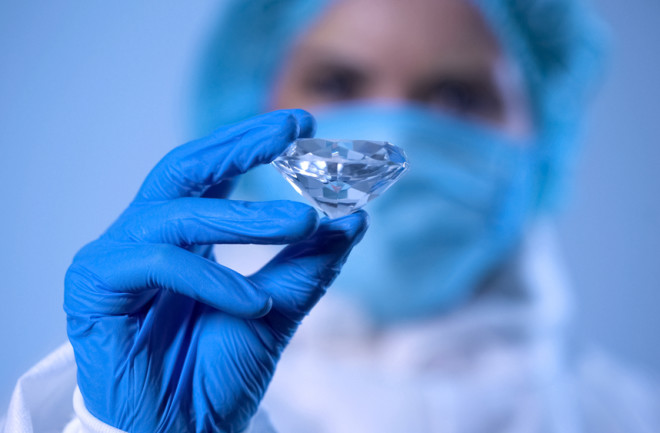Ashes to ashes, dust to diamonds. That’s the afterlife some companies are offering grieving families — a chance to remember the twinkle in a lost loved one’s eye by gazing into the glint of a gemstone grown from their cremated remains.
That’s right. Science can’t yet help you live forever. But it can turn you into a diamond, which — if you listen to the jewelry industry — is basically the same thing. After a year of the entire world watching scientists race against the devastating death toll of COVID-19, we can now thank technology for vaccines for the living and the option to commemorate those we’ve lost in ever-expanding ways.
Diamonds From Cremation Ashes
Natural diamonds take about a month to form under extreme pressure and temperature in the mantle layer of the Earth’s core, about 150 miles underground. Over millions of years, the gems are then pushed by volcanic activity to the surface, where they are mined and coveted by humans as symbols of eternal love. In 1954, General Electric became the first company to successfully replicate those high temperature and pressure conditions to create diamonds from elemental carbon in a laboratory. These man-made stones first became commercially available in the 1980s.

